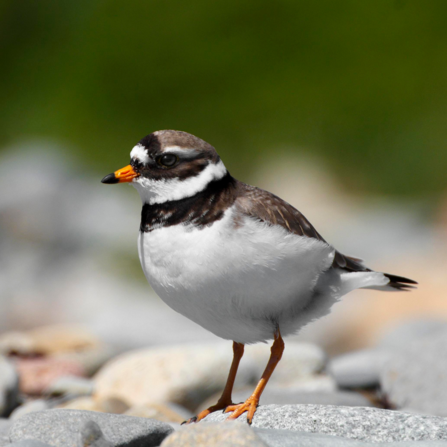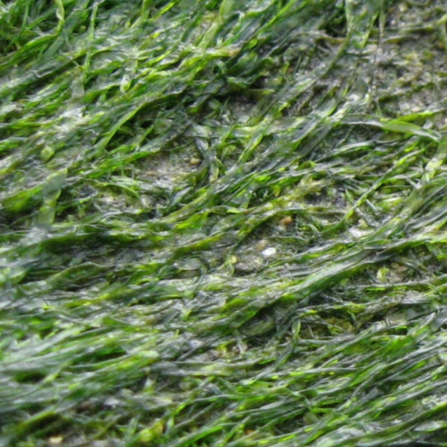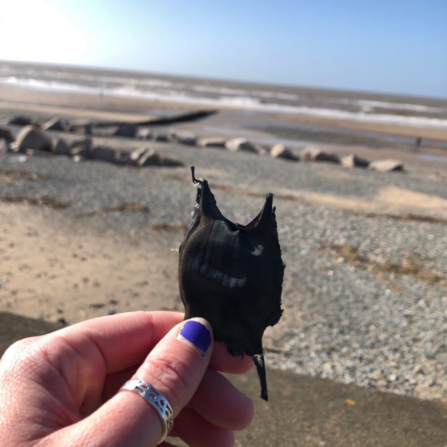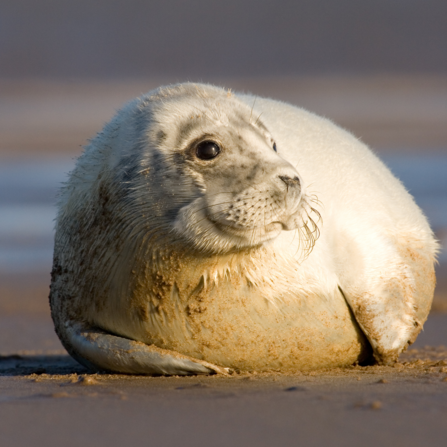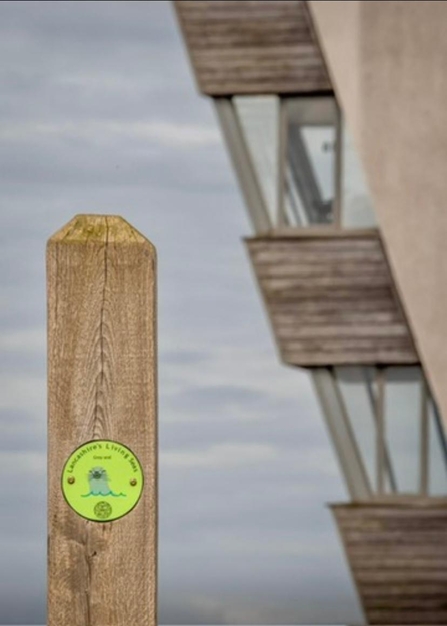
Rossall Point Observation Tower
Are you sitting comfortably?
Then I’ll begin by telling you a story of mermaids and their purses, of whelks and sharks, of seals and seaweed, as I sit in the storytelling chair. And the storytelling chair is such a dramatic, beautiful piece of furniture that it would inspire anyone and everyone to dream of the sea and its secrets. I was lucky enough to get to sit in this chair in early August as I gathered with Lancashire Wildlife Trust, our partners and volunteers to celebrate the launch of the Lancashire Living Seas Wildlife Trail at Rossall Point Tower near Fleetwood. We heard more about the stories helping people understand the sea, connect with nature and get outdoors. I discovered the story of the journey of Ayla, the little cucumber fish of Wyre and her friend, Cato the Shore Crab, a story I shared with my niece when I got home. This tale is one of various family stories, highlighting the hidden depths of our wonderful Morecambe Bay and Irish Sea, all specially designed to engage children, and available on the website.



